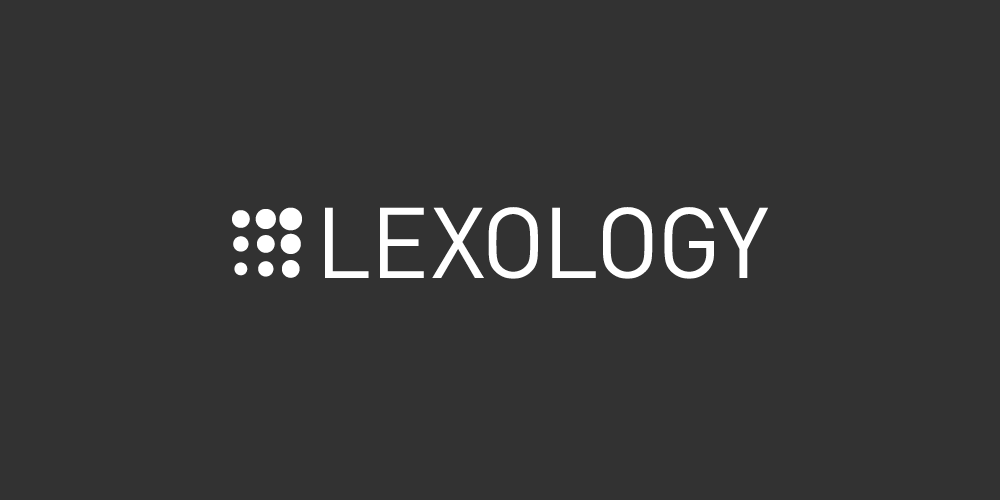Review your content’s performance and reach.
Become your target audience’s go-to resource for today’s hottest topics.
Understand your clients’ strategies and the most pressing issues they are facing.
Keep a step ahead of your key competitors and benchmark against them.
Background
What are NFTs?
BOIP guidance
Examples
Comment
The Benelux Office of Intellectual Property (BOIP) recently issued a communication on the subject of trademark applications with terms relating to virtual goods and non-fungible tokens (NFTs).
Background
Trademark applicants must choose within the Nice Classification – an international classification of 45 goods and services – for which (class) of goods and services the sign is applied.
The communication by the BOIP was released because the BOIP is increasingly receiving trademark applications that involve goods and services relating to virtual goods and NFTs. The BOIP has also indicated that it regularly receives inquiries from applicants on how to classify virtual goods and NFTs.
What are NFTs?
An NFT is a unique digital identifier that cannot be copied, substituted or subdivided. It is recorded in a blockchain and is used to certify authenticity and ownership. The ownership of an NFT is recorded in the blockchain and can be transferred by the owner, allowing NFTs to be sold and traded. NFTs typically contain references to (and authenticate) digital files such as photos, videos and audio. However, while they authenticate digital items, they are separate from them.
BOIP guidance
The BOIP has clarified that it will approach the classification of NFTs and virtual goods as follows:
Services relating to virtual goods and NFTs are classified according to the established principles for the classification of goods and services. The practice of the BOIP is aligned with that of the European Union Intellectual Property Office in this regard.
Examples
The BOIP has provided the following examples of acceptable terms relating to virtual goods and NFTs.
Virtual goods
In class 9:
Software for the visualization of virtual goods, namely . . .
Digital downloadable goods, namely avatars for use in video games.
In class 35:
Retail services in virtual goods, such as . . .
In class 41:
Entertainment using virtual goods.
Entertainment by proposing virtual games in which services may also be provided, such as . . .
In class 42:
IT services for the creation of an online virtual environment.
NFTs
In class 9:
Digital certificates of ownership (NFTs).
Non downloadable digital certificates of ownership in the form of NFTs.
Non-fungible tokens (NFTs), being digital certificates of ownership representing virtual goods.
In class 35:
Retail services in virtual goods, for which an NFT has been issued.
In class 36:
Exchange services for non-fungible tokens of value (NFTs).
In class 41:
Entertainment using virtual goods for which an NFT has been issued.
Comment
The communication by the BOIP is a welcome clarification. It was particularly uncertain whether an application that claimed only "virtual goods" as such would suffice or whether it would also have to further specify them. The latter has now been confirmed as best practice.
Now that the first trademark applications relating to virtual goods and NFTs have been granted, it will be interesting to see how the trademark offices and judiciaries will treat such trademarks in light of revocation actions due to non-use. What quantity of use and/or sales of virtual goods is sufficient, and how can it be determined whether sales that took place in, for instance, the metaverse also took place in the Benelux territory?
Undoubtedly, interesting legal questions will continue to arise with regard to trademarks that relate to virtual goods and NFTs.
For further information on this topic please contact Bram Woltering at AKD by telephone (+31 88 253 50 00) or email ([email protected]). The AKD website can be accessed at www.akd.nl.
© Copyright 2006 – 2023 Law Business Research


